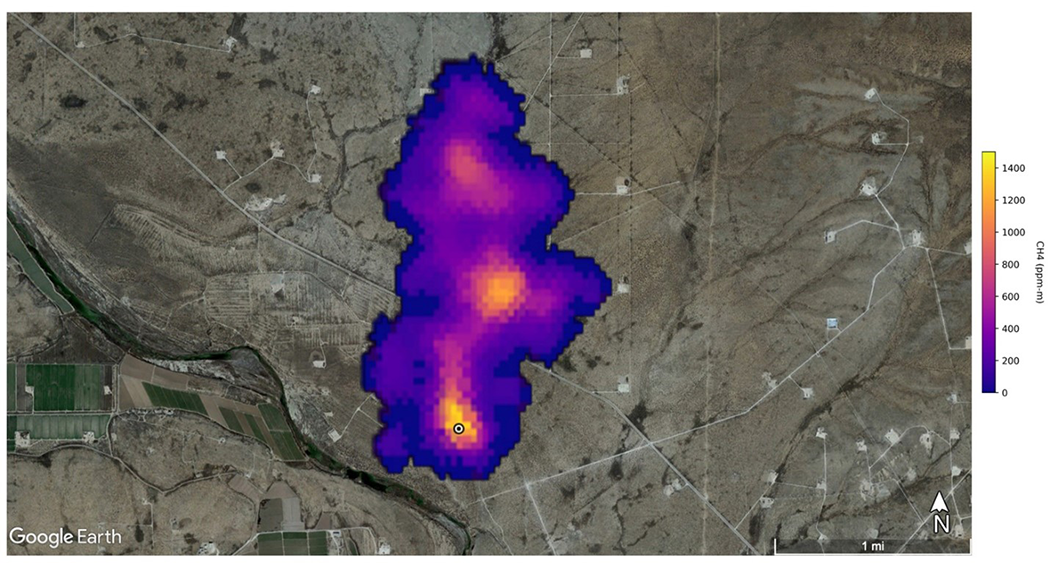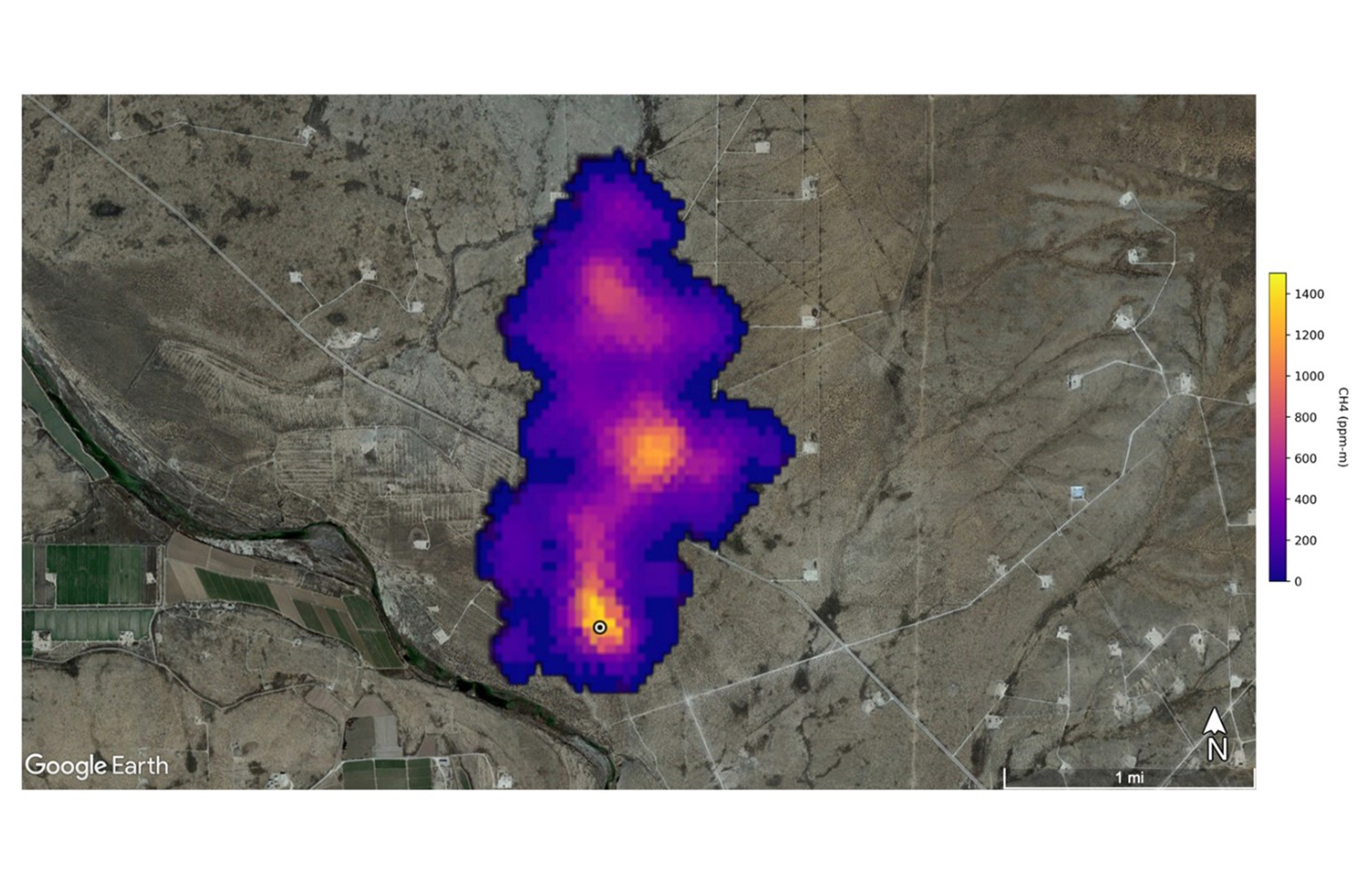Review of Scientific Advances in Methane Research
Clients
Electric Power Research Institute (EPRI)
To address climate change, there is an urgent need to better identify and reduce methane (CH4) emissions. The <a href="https://www.ccacoalition.org/resources/global-methane-assessment-full-report" target="_blank">United Nations Environment Program (UNEP)</a href> notes that methane, a powerful greenhouse gas (GHG) with a global warming potential far greater than carbon dioxide (CO<sub>2</sub>), is estimated to be responsible for up to one third of climate warming since the pre-industrial era.<br>
The abundance of methane in the atmosphere has increased rapidly since the start of the 21st century, with significant contributions coming from all facets of the energy sector, including oil and gas extraction, generation, and distribution, as well as coal mining and burning for electricity generation. As a result, methane abatement from the energy sector has become a top priority around the globe. As noted by the U.S. Environmental Protection Agency (EPA), “Because methane is both a powerful greenhouse gas and short-lived compared to carbon dioxide, achieving significant reductions would have a rapid and significant effect on atmospheric warming potential” (see: <i><a href="https://www.epa.gov/gmi/importance-methane" target="_blank">the “Importance of Methane” by the EPA</a href></i>).<br>
Recent scientific advances offer new opportunities to quantify and mitigate real-world methane emissions. Sonoma Technology, on behalf of EPRI, reviewed recent peer-reviewed literature on methane emissions, synthesized findings, and prepared a series of reports for EPRI members describing these results. The goal was to help EPRI scientists and members better understand emerging tools and methods to identify methane sources and quantify emissions – especially regarding the energy sector. Our work evaluated the strengths and limitations of currently operating satellite technologies such as the Greenhouse Gases Observing Satellite (GOSAT) and TROPOspheric Monitoring Instrument (TROPOMI), as well as satellites planned for launch as of the start of our project, including MethaneSat and GOSAT-GW. Our analysis also covered other methane monitoring technologies such as methane imaging, in situ sampling, and open-path measurements. We also evaluated advances in emissions estimation across the natural gas supply chain, focusing on upstream emissions, post-meter emissions, renewable natural gas emissions, and associated community impacts and environmental justice aspects. Our reports provided EPRI and its members an improved understanding of recent advances in methane monitoring and emissions science – especially regarding findings relevant to the electric power sector.<br>
<b>Methane plume image credit:</b> NASA’s Earth Surface Mineral Dust Source Investigation (EMIT) missions, NASA/JPL-Caltech.
The abundance of methane in the atmosphere has increased rapidly since the start of the 21st century, with significant contributions coming from all facets of the energy sector, including oil and gas extraction, generation, and distribution, as well as coal mining and burning for electricity generation. As a result, methane abatement from the energy sector has become a top priority around the globe. As noted by the U.S. Environmental Protection Agency (EPA), “Because methane is both a powerful greenhouse gas and short-lived compared to carbon dioxide, achieving significant reductions would have a rapid and significant effect on atmospheric warming potential” (see: <i><a href="https://www.epa.gov/gmi/importance-methane" target="_blank">the “Importance of Methane” by the EPA</a href></i>).<br>
Recent scientific advances offer new opportunities to quantify and mitigate real-world methane emissions. Sonoma Technology, on behalf of EPRI, reviewed recent peer-reviewed literature on methane emissions, synthesized findings, and prepared a series of reports for EPRI members describing these results. The goal was to help EPRI scientists and members better understand emerging tools and methods to identify methane sources and quantify emissions – especially regarding the energy sector. Our work evaluated the strengths and limitations of currently operating satellite technologies such as the Greenhouse Gases Observing Satellite (GOSAT) and TROPOspheric Monitoring Instrument (TROPOMI), as well as satellites planned for launch as of the start of our project, including MethaneSat and GOSAT-GW. Our analysis also covered other methane monitoring technologies such as methane imaging, in situ sampling, and open-path measurements. We also evaluated advances in emissions estimation across the natural gas supply chain, focusing on upstream emissions, post-meter emissions, renewable natural gas emissions, and associated community impacts and environmental justice aspects. Our reports provided EPRI and its members an improved understanding of recent advances in methane monitoring and emissions science – especially regarding findings relevant to the electric power sector.<br>
<b>Methane plume image credit:</b> NASA’s Earth Surface Mineral Dust Source Investigation (EMIT) missions, NASA/JPL-Caltech.
Climate
Emissions
Instruments
Measurements
Policy and Planning


Nathan R. Pavlovic

Nathan
R.
Pavlovic
Lead Geospatial Data Scientist / Group Manager, Geospatial Data Science / R Resource Coordinator
npavlovic@sonomatech.com
/sites/default/files/2025-03/NRPres.pdf
